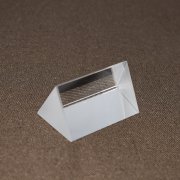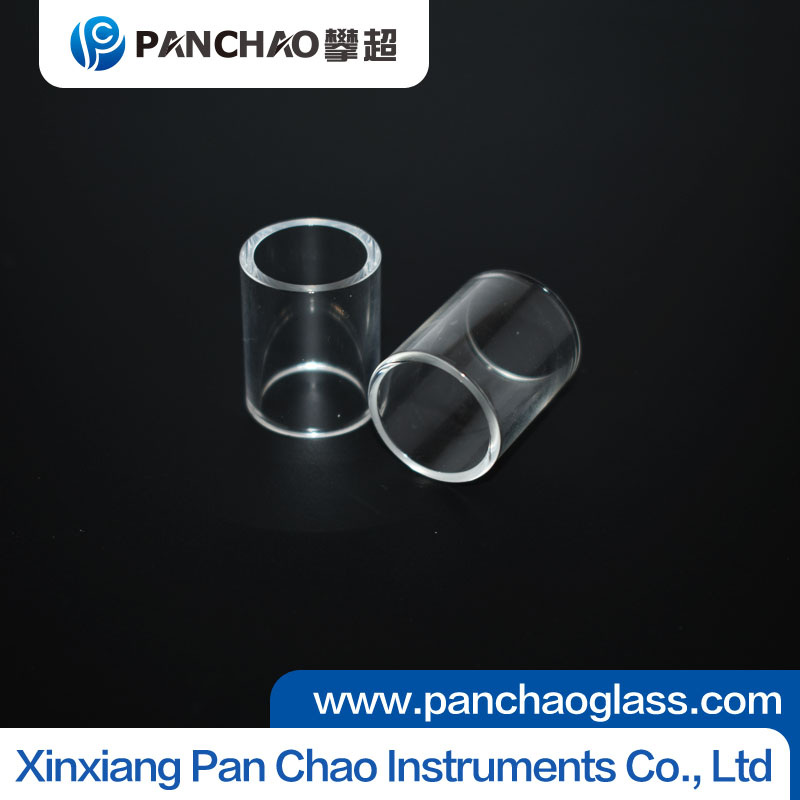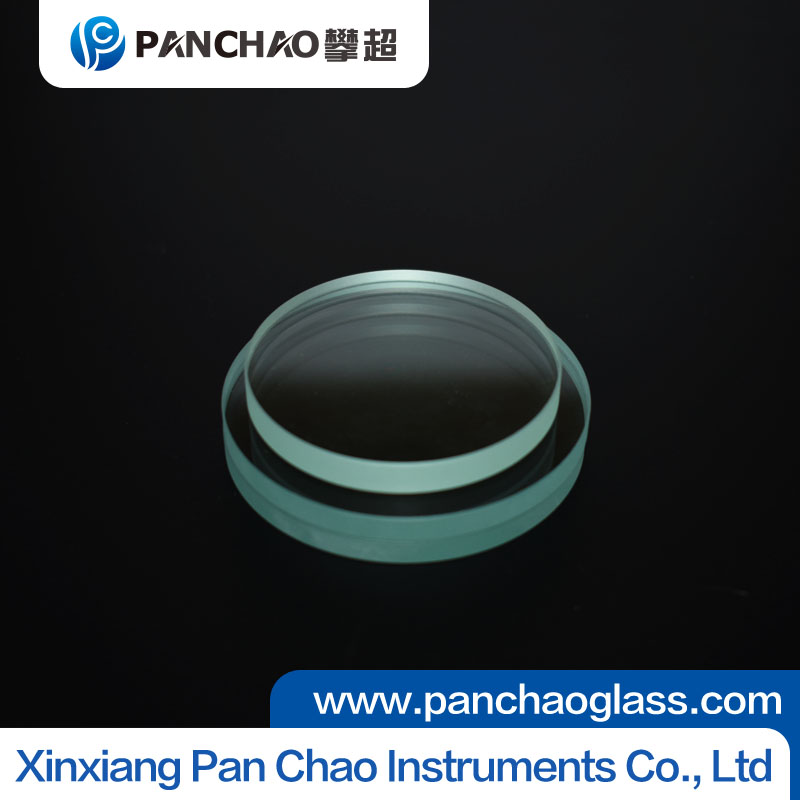
Challenges and Solutions in Processing Extra-Thick Sight Glass
As industrial systems demand higher pressure resistance and safety, the use of extra-thick sight glass—often exceeding 30 mm or even 50 mm—has become increasingly common. However, the processing of such thick glass presents unique technical challenges that require precision engineering and specialized equipment to overcome.
One major difficulty lies in cutting and shaping. Extra-thick glass has a high internal stress gradient, making it prone to cracking or chipping during machining. Traditional glass-cutting tools often struggle to produce clean edges, so manufacturers use diamond-coated blades and water-cooled CNC machines to minimize heat buildup and stress. Controlled feed rates and vibration reduction are essential for preventing fractures.
Another challenge is polishing and surface flatness. Thicker glass requires longer polishing times to achieve uniform transparency and optical accuracy. Uneven polishing can cause distortion or light refraction errors, particularly in high-precision sight glasses used in reactors or pressure vessels. To address this, multi-stage mechanical and chemical polishing is employed, gradually refining the surface to achieve both optical clarity and dimensional accuracy.
Thermal processing is also complex. Large glass thickness causes uneven heat distribution during tempering or annealing, which can result in residual stress or deformation. Advanced controlled heating and slow cooling cycles help equalize internal temperature, ensuring structural stability and preventing spontaneous breakage later.
Finally, handling and mounting must be done with care. The weight and brittleness of thick glass demand reinforced frames and cushioning gaskets to avoid edge stress concentration.
In summary, producing extra-thick sight glass requires precise control of every stage—from cutting to heat treatment. By combining advanced tools, optimized processes, and strict quality control, manufacturers can deliver durable, high-performance sight glass for demanding industrial environments.
Related articles
- Future Trends: How Smart Equipment Is Shaping New Demands for
- Limitations and Precautions in Secondary Processing of Temper
- Custom Small Glass Tube Case Study: From Drawing to Finished
- Impact Resistance of Tempered Small Glass Tubes: Advantages a
- Can Tempered Glass Tubes Withstand High Pressure? Experimenta
- How Heat-Resistant Is Borosilicate Glass Tubing? Why It’s t
- Common Sight Glass Failures and Solutions: Fogging, Cracks, a
- Safety of Tempered Sight Glass: Burst Risks and Protective Me
- Sight Glass in Chemical Equipment: A Detailed Look at Corrosi
- From Boilers to Chemical Tanks: The Critical Role of Sight Gl

Xinxiang Pan Chao Instruments Co., Ltd.
Tel: +86 13343800331
Contact person:Carrie Niu
Fax: 0373 303 0331
Email:sales@panchaoglass.com






